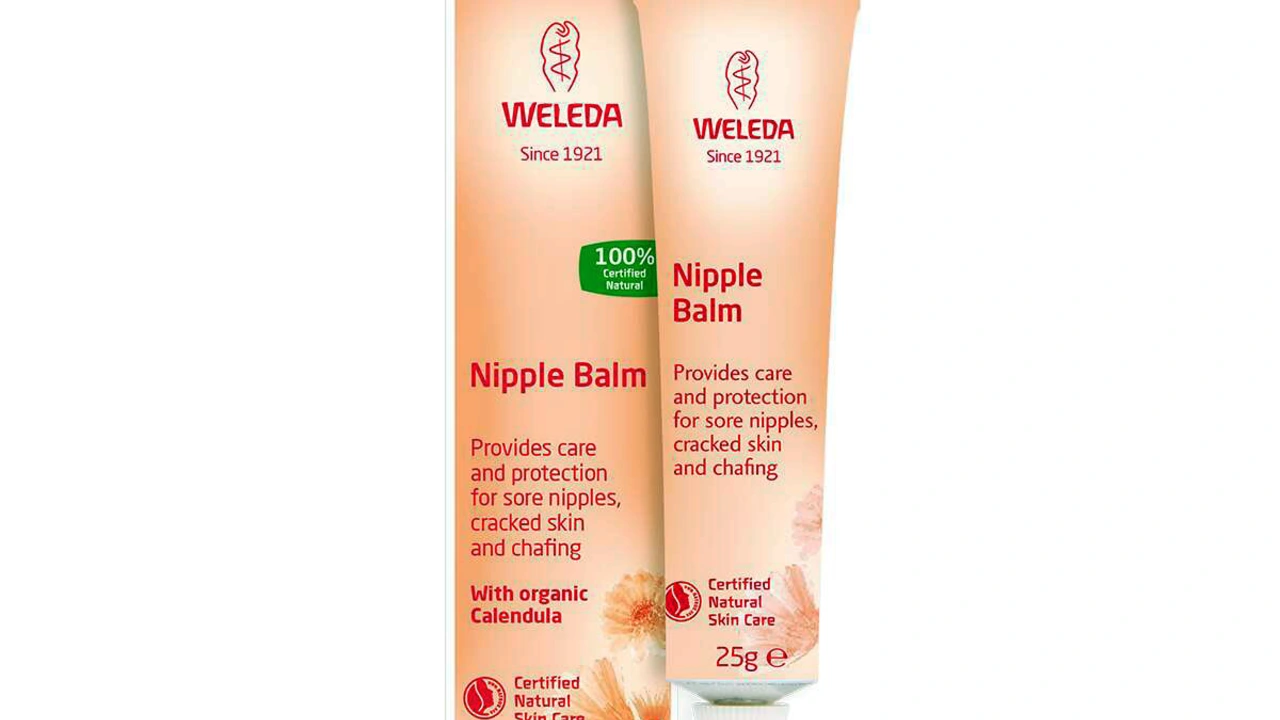Chafing Prevention: Real‑World Tips You Can Use Today
Ever felt a hot, painful rash after a run or a long bike ride? That’s chafing – friction that irritates the skin. The good news is you can stop it before it starts with a few easy habits. Below are the most effective actions, products, and tricks that work for anyone, whether you’re hitting the gym or just walking the dog.
Pick the Right Clothes
The biggest cause of chafing is clothing that rubs or gets wet. Choose fabrics that move with you, like polyester blends, nylon, or merino wool. Avoid cotton because it holds sweat and creates extra friction. If you’re on a long hike, go for seamless shorts or leggings that cover the hot spots without bunching.
Fit matters too. Clothing that’s too tight digs into skin, while loose gear can shift and cause rubbing. Aim for a snug but comfortable feel. Test the fit by moving a lot – if you feel a pinching sensation, try a size up.
Keep Skin Dry and Lubricated
Moisture is chafing’s best friend. Sweat, rain, or even a splash of water can turn a smooth ride into a painful experience. Use an absorbent powder or an antiperspirant on high‑friction areas like thighs, underarms, and the groin. Powder draws moisture away, while antiperspirant reduces sweat.
For extra protection, apply a thin layer of a silicone‑based lubricant (think sports stick or petroleum jelly). The idea is to create a barrier so skin slides instead of scrapes. Reapply every few hours on long trips or when you get sweaty.
Don’t forget to dry off after showering or swimming. Pat the skin, don’t rub, and then put on your dry clothes. A quick dry‑off can be the difference between a clean day and a painful rash.
Quick Fixes When Chafing Starts
If you notice redness during an activity, stop and treat it right away. Clean the area gently with mild soap and water, then apply an antiseptic ointment. A thin layer of zinc oxide cream works well to soothe and protect the skin while it heals.
Give the area a break. Switch to loose, breathable clothing for the rest of the day and avoid the activity that caused the irritation until it’s fully healed. This prevents a minor rash from turning into a bigger problem.
Hydration helps skin stay resilient, so drink plenty of water throughout the day. Well‑hydrated skin is less likely to crack and become a target for friction.
Extra Tips for Specific Activities
Runners: Wear compression socks or shorts that cover the entire thigh. They keep muscles warm and reduce skin‑on‑skin contact.
Cyclists: Use padded bike shorts and consider a chamois cream designed for cyclists. It adds lubrication exactly where the bike seat meets your body.
Hikers: Pack a small travel‑size powder and a stick of anti‑chafe balm. A quick swipe before a steep climb can save hours of discomfort later.
Every body is different, so you might need to experiment with a few products to find what works best for you. The key is to stay proactive: choose the right gear, keep skin dry, and have a quick‑fix plan ready. Follow these steps and you’ll say goodbye to painful chafing and hello to comfortable movement.

